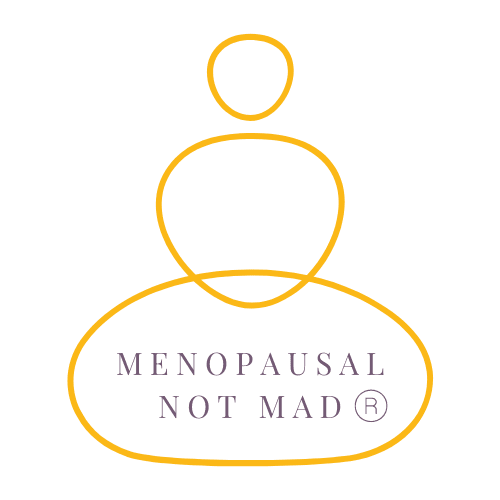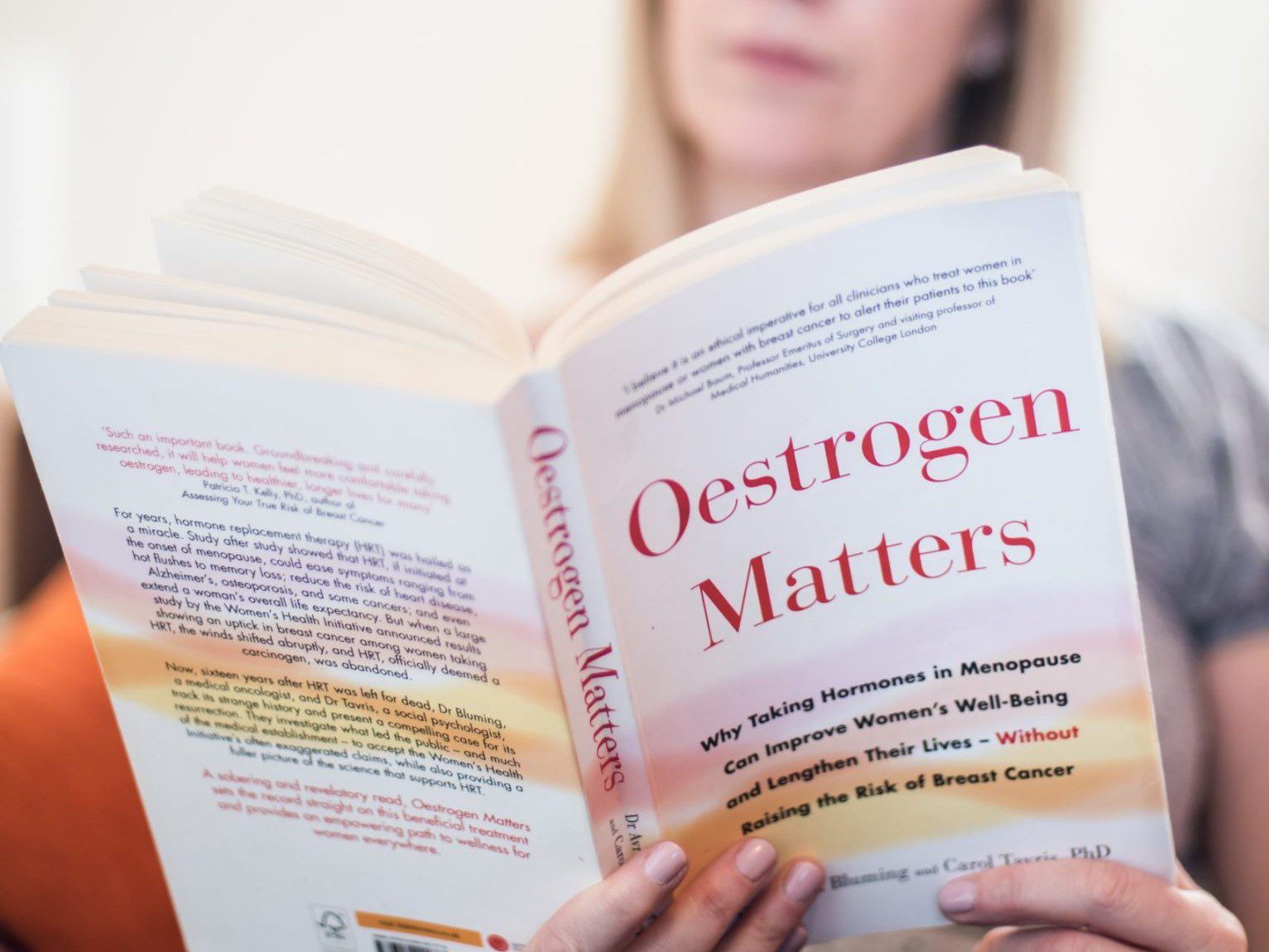We consider that menopause symptoms result from fluctuating hormone levels, so the solution is HRT right?
Not according to many non clinical practitioners, who believe that women have too much estrogen, leading to “estrogen dominance.”
For this reason they use progesterone supplementation alone as a remedy to symptoms and as a way of balancing hormones.
I spend a LOT of time working with menopause issues and researching such matters and, as a non clinical menopause expert, I need to work extra hard to make my point, as much of the clinical world will dismiss a non clinical viewpoint. (It doesn’t stop me though!)
The above ‘progesterone only’ approach has brought with it, a torrent of non regulated progesterone supplements (which really grinds my gears actually!)
They promise miracles and their promises are mostly based on non facts.
What is Estrogen Dominance?
It’s argued that peri menopause is a drop in progesterone production (not a drop in estrogen!).
This apparent drop in progesterone is said to result in estrogen levels remaining too high in the second half of a woman’s cycle. This can then result in the symptoms we all know:
The History of HRT
For too many years the synthetic estrogen replacement ‘Premarin’ was prescribed without any accompanying progesterone.
The result was an epidemic of uterine cancer! which thankfully then led to it being prescribed alongside a synthetic progesterone called Provera which protected the uterine lining.
These days we have much better options and HRT is known by specialists to be much safer and infact is termed ‘body identical’
The Truth About Estrogen Dominance
Over the past 15-20 years, we have seen huge leaps in our understanding of hormones and HRT.
Research indicates that many peri menopausal women actually have normal levels of circulating progesterone, and although environmental, dietary, and lifestyle factors will often increase our estrogen levels, it’s important to note that this is only significant in the ratio of estrogen to progesterone.
Peri menopause is individual to you.
Estrogen Dominance in Peri menopause and Menopause
It’s true that estrogen is often too high in relation to progesterone. Most of us who have had PMS know how this feels!
During peri menopause it’s common for estrogen levels to decrease slowly while progesterone levels dip which is a natural result of fewer ovulations, fewer burst follicles and less progesterone. This can cause many of our worst symptoms such as erratic periods, fatigue and low mood
Calling this state “estrogen dominance” sounds funky but it’s misleading.
It implies there’s one problem, which isn’t true; and not all women experience the condition anyway. It also implies there is one solution, which also isn’t true.
Most of the women treated for peri menopausal symptoms have suffered from a hormonal imbalance. There are usually multiple causes, including stress and emotional factors.
The truth is, a healthy hormonal balance is complicated. It isn’t just a matter of not enough progesterone.
What Are the Health Consequences of Hormone Imbalance?
When estrogen levels are low (or high!), in relation to progesterone we experience symptoms such as anxiety, low mood, fatigue and many more (40+ symptoms!).
This is an example of why the whole estrogen dominance thing is just too simplistic. We’re all different and need an individual regime!
If estrogen levels remain low, you’re at higher risk of nasties like Dementia, Osteoporosis and Heart Disease.
Nutrition to Aid Balance
Phytoestrogens are plant-based foods found in soybeans, yams, alfalfa, nuts and many more foods. These are thought to bind to estrogen cell receptors and protect them.
I never recommend taking a one step approach. A few key changes are best (including your best regime of HRT)
Contrary to the Estrogen Dominance mindset…, progesterone cannot balance you all by itself and estrogen isn’t the enemy!
Jane Pangbourne is an HRT educator, accredited nutritionist & women’s health practitioner.
When you need more help with your hormones, your symptoms, or your HRT choice, you can book a consultation via the services page HERE





